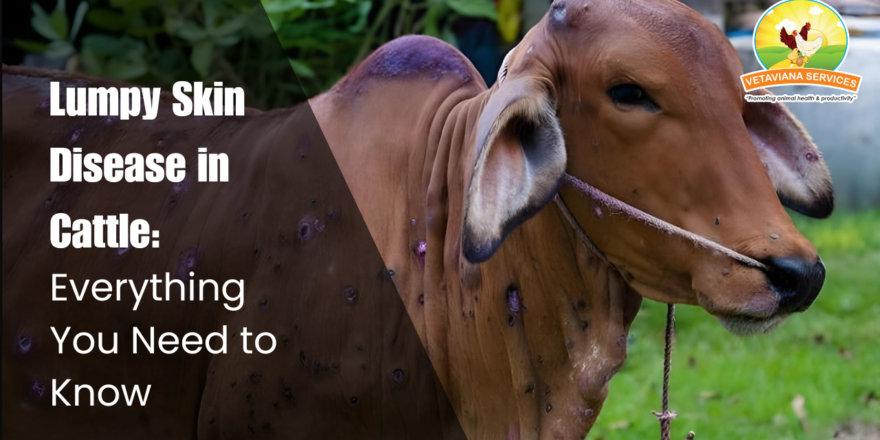
Anthrax is a highly contagious and potentially deadly bacterial disease that has recently been reported in Zambia. Understanding what anthrax is, its causes, symptoms, prevention measures, and treatment options is crucial for both healthcare professionals and the general public to effectively combat its spread. In this article, we will explore the key aspects of anthrax.
What is Anthrax?
Anthrax is a bacterial infection caused by the spore-forming bacterium Bacillus anthracis. This bacterium can survive in its spore form for extended periods in the environment. When it comes into contact with a susceptible host, such as humans or animals, it can transform back into its active form, causing disease.
Causes of Anthrax
Anthrax spores can be found in soil and can infect animals, especially herbivores like cattle, sheep, and goats. Humans can become infected when they come into contact with infected animals or contaminated animal products. There are three primary ways anthrax can be contracted:
- Cutaneous Anthrax: This is the most common form of anthrax in humans. It occurs when the spores come into contact with a break in the skin, such as a cut or abrasion. Symptoms include the formation of a sore that turns into an ulcer with a black center.
- Inhalation Anthrax: This is the most severe form and occurs when spores are inhaled. It can be fatal if not treated early. Initial symptoms may resemble a common cold but can quickly progress to severe breathing difficulties and shock.
- Gastrointestinal Anthrax: This form results from consuming contaminated meat from infected animals. Symptoms include nausea, vomiting, abdominal pain, and diarrhea.
Symptoms of Anthrax
The symptoms of anthrax can vary depending on the route of transmission:
- Cutaneous Anthrax: Skin lesions, fever, and swollen lymph nodes.
- Inhalation Anthrax: Early symptoms resemble the flu, including fever, cough, and fatigue, followed by severe respiratory distress.
- Gastrointestinal Anthrax: Nausea, vomiting, abdominal pain, diarrhea, and fever.
Preventing Anthrax
Preventing anthrax involves a combination of public health measures and individual precautions:
- Vaccination: In areas with a high risk of anthrax, vaccination programs for livestock and individuals at risk are recommended.
- Good Hygiene: Maintain proper hygiene when handling animals, animal products, or soil, especially if in contact with potentially infected animals.
- Avoid Consumption of Undercooked Meat: Ensure that meat is thoroughly cooked before consumption, especially if obtained from animals in regions where anthrax is a concern.
- Protect Open Wounds: If you have open wounds, cover them with clean, dry bandages when working with potentially contaminated materials.
- Educate Communities: Public health campaigns can help raise awareness about the risk of anthrax and how to prevent it.
Treatment of Anthrax
Early diagnosis and prompt treatment are essential for a positive outcome in anthrax cases. Treatment often includes:
- Antibiotics: High-dose intravenous antibiotics like ciprofloxacin and doxycycline are commonly used to treat anthrax.
- Supportive Care: Depending on the severity of the infection, supportive care may be needed, including respiratory support and intravenous fluids.
Anthrax is a serious disease that can affect both humans and animals. Understanding its causes, symptoms, and methods of prevention is vital in controlling its spread. In the recent outbreak in Zambia, a coordinated effort among healthcare professionals, government agencies, and the public is crucial in containing the disease and preventing further infections. Staying informed and taking necessary precautions can help mitigate the risk of anthrax transmission and protect individuals and communities.



